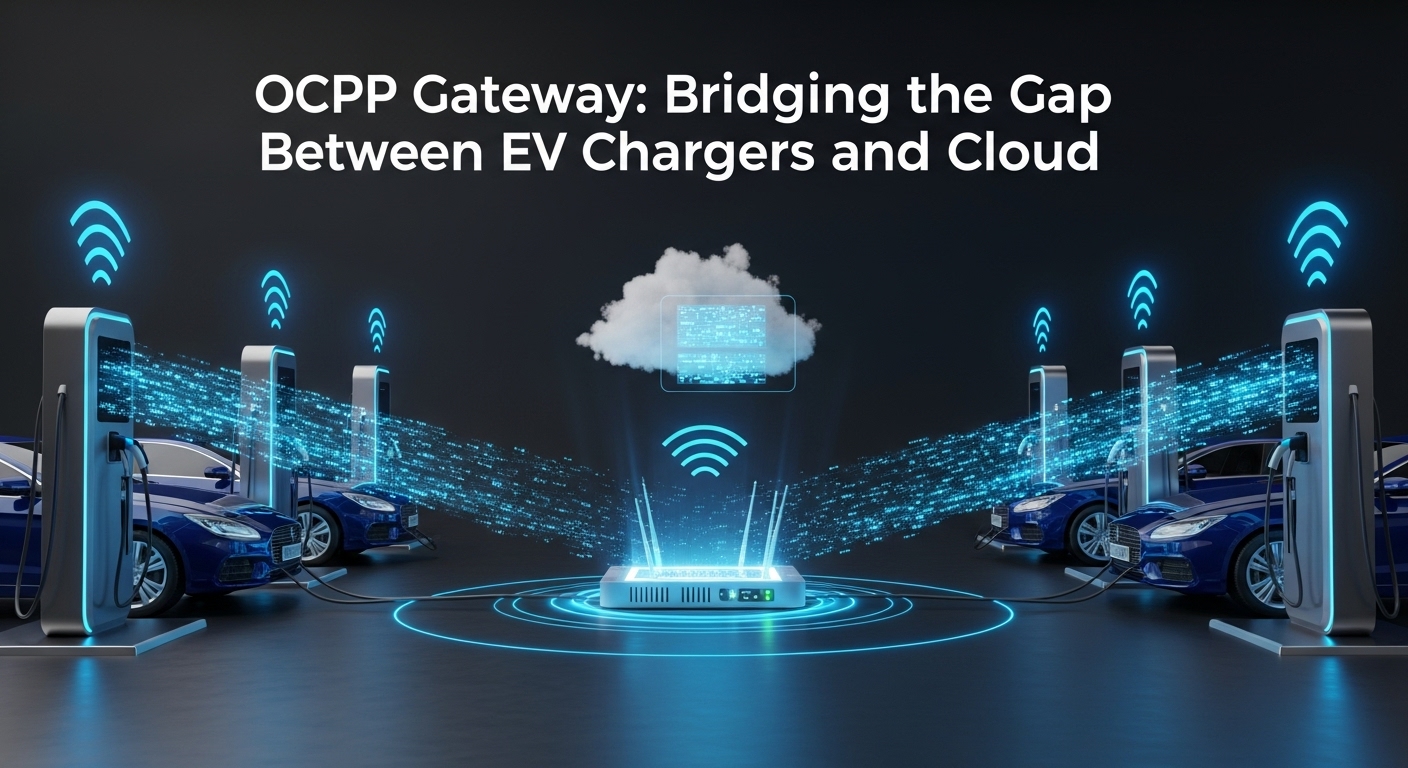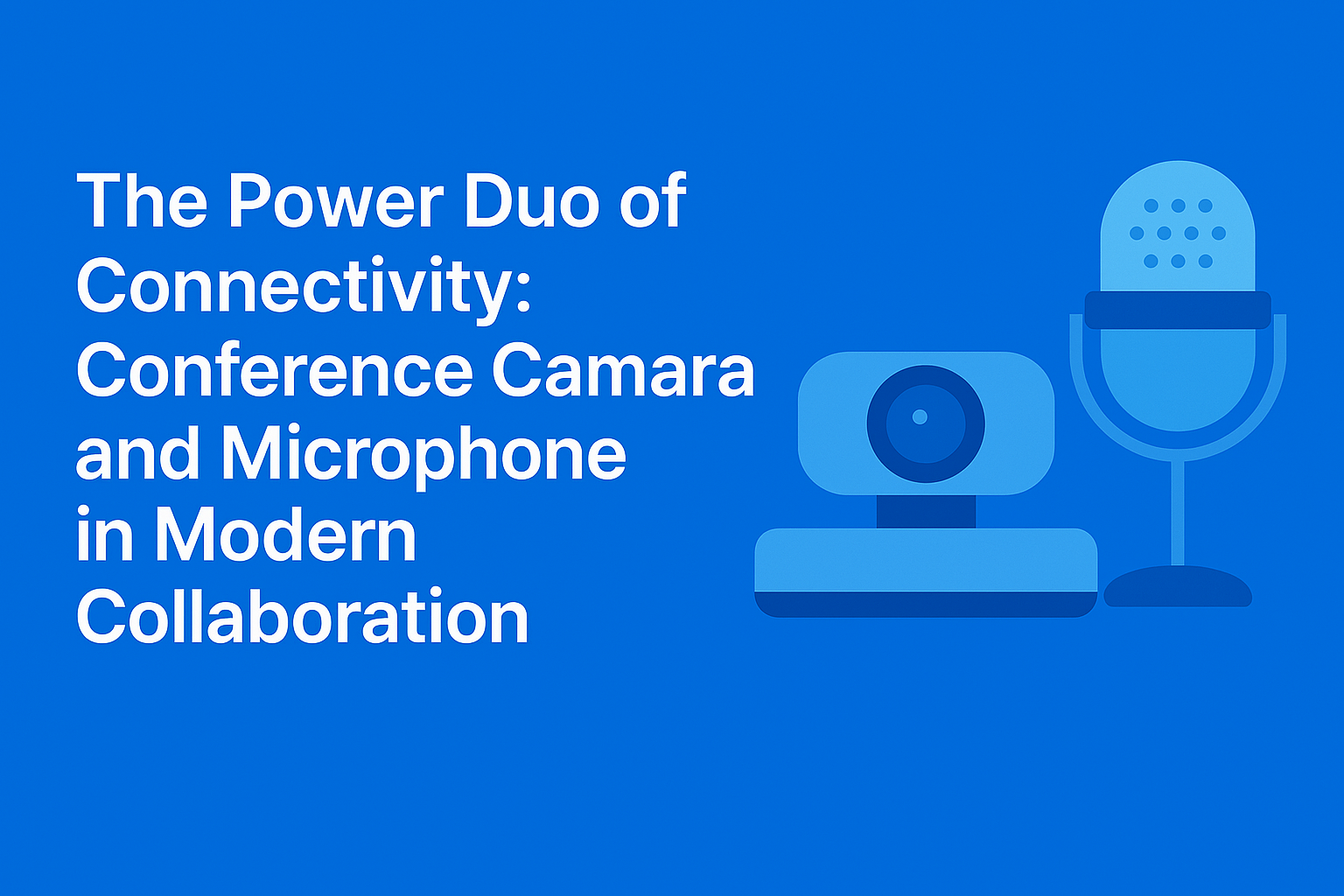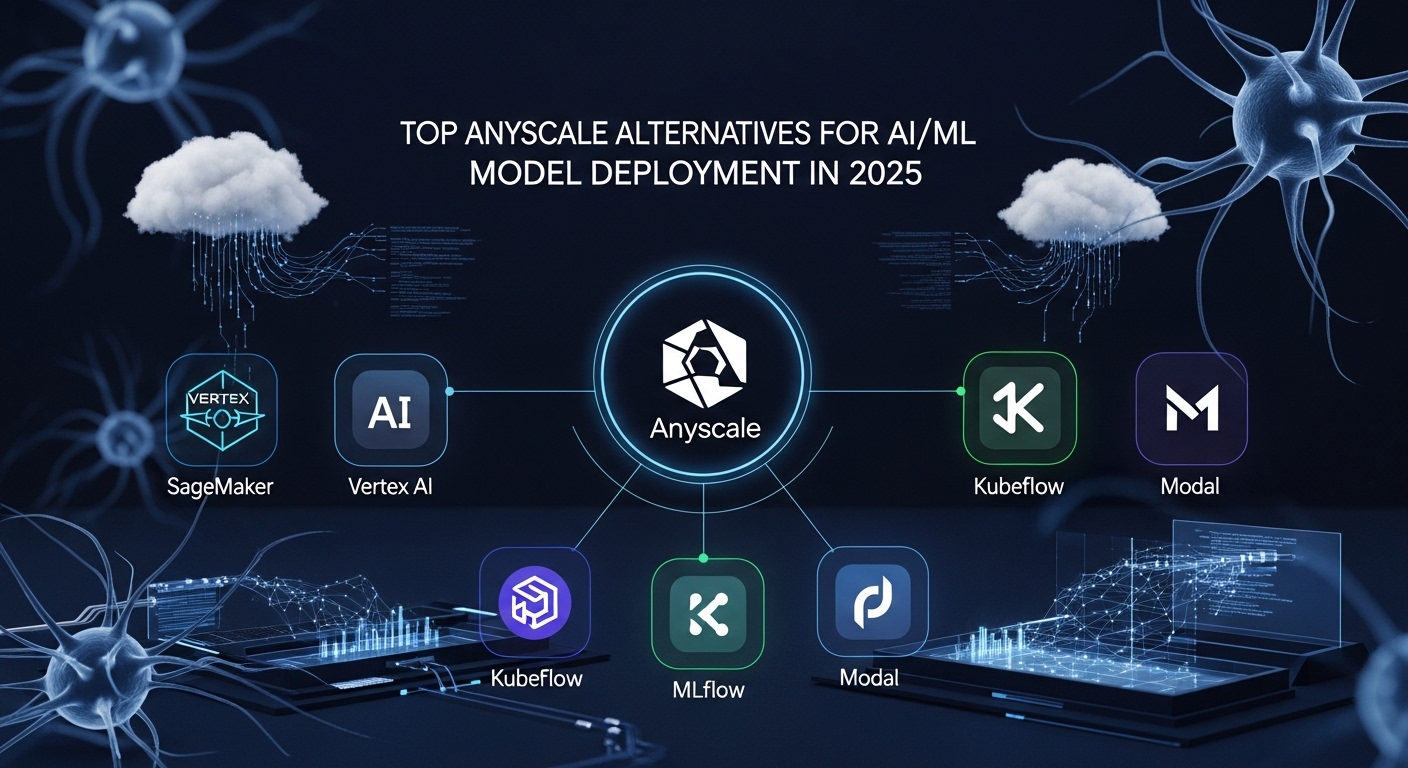OCPP Gateway: Bridging the Gap Between EV Chargers and the Cloud

Strong 8k brings an ultra-HD IPTV experience to your living room and your pocket.
As electric vehicles (EVs) gain traction globally, the need for efficient, scalable, and standardized communication between EV chargers and central management systems has become critical. That’s where the OCPP gateway plays a vital role.
Whether you're a charge point operator, EVSE manufacturer, or fleet manager, understanding how an OCPP gateway works can help you unlock seamless charger integration, enhance interoperability, and streamline your EV infrastructure management.
In this blog, we’ll break down what an OCPP gateway is, how it works, its key benefits, and why it’s essential in modern EV charging networks.
What is an OCPP Gateway?
An OCPP gateway is a hardware or software solution that enables communication between non-OCPP-compliant EV charging stations and a centralized system that supports the Open Charge Point Protocol (OCPP).
It acts as a translator or middleware, converting proprietary or non-OCPP messages into OCPP format, allowing charge points to interact with backend management systems such as EV charging networks, energy management systems, or cloud platforms.
Why Is OCPP Important?
OCPP (Open Charge Point Protocol) is an open standard developed by the Open Charge Alliance (OCA) to enable interoperability between different EV chargers and back-end systems. It ensures that EV chargers from various manufacturers can communicate with any central system that supports OCPP.
By using OCPP, businesses can:
- Avoid vendor lock-in
- Simplify scalability and upgrades
- Ensure long-term compatibility and future-proof infrastructure
But what if your existing chargers don’t support OCPP? That’s where an OCPP gateway becomes crucial.
How Does an OCPP Gateway Work?
An OCPP gateway performs protocol translation and data routing. Here’s a simplified step-by-step of how it works:
- Connects to non-OCPP EV chargers through serial, TCP/IP, Modbus, or other protocols.
- Receives data from the charger (charging status, session info, power usage, etc.)
- Converts data into OCPP format (based on the target OCPP version like 1.6 or 2.0.1)
- Transmits data to the central management system using secure web protocols (WebSockets, HTTPS).
- Also supports remote commands, such as start/stop charging, firmware updates, or error diagnostics.
Key Features of an OCPP Gateway
An advanced OCPP gateway typically offers the following capabilities:
1. Multi-Charger Support
Connects and manages multiple chargers simultaneously, even if they use different communication protocols.
2. Protocol Translation
Supports various protocols (Modbus, CAN, MQTT, serial) and converts them into OCPP 1.6 or OCPP 2.0.1 messages.
3. Edge Processing
Performs local data processing and filtering to reduce latency and reliance on cloud systems.
4. Security
Implements encryption (TLS/SSL), secure WebSocket communication, and authentication mechanisms for safe data transfer.
5. Cloud Integration
Seamlessly integrates with cloud-based EV charging management platforms or custom-built CMS via OCPP.
6. Remote Monitoring & Control
Enables centralized remote monitoring, diagnostics, and configuration of EV charging points.
Benefits of Using an OCPP Gateway
Integrating an OCPP gateway into your EV infrastructure brings several advantages:
✅ Interoperability
Bridge the gap between legacy chargers and modern OCPP-based backend systems.
✅ Cost Savings
No need to replace existing hardware—extend life and ROI of non-OCPP chargers.
✅ Scalability
Easily add or migrate to OCPP-compliant systems as your network grows.
✅ Flexibility
Support for mixed environments with both OCPP and non-OCPP chargers.
✅ Centralized Management
Monitor, control, and update all charging stations from one platform, regardless of manufacturer.
OCPP Gateway Use Cases
1. Fleet Charging Stations
Companies managing electric fleets often have a mix of older and newer chargers. OCPP gateways allow centralized fleet charging management without replacing legacy hardware.
2. Public Charging Networks
Operators can deploy OCPP gateways at charging stations in remote areas where modern infrastructure upgrades are limited.
3. Commercial and Industrial Buildings
Businesses using non-OCPP chargers for employee or visitor use can integrate them with energy management platforms for load balancing and peak shaving.
Choosing the Right OCPP Gateway
When selecting an OCPP gateway for your use case, consider:
- Supported OCPP versions (1.6, 2.0.1)
- Number of charge points per gateway
- Protocols supported (Modbus, CAN, MQTT)
- Cloud integration capabilities
- Security features
- Vendor support and firmware update mechanisms
Popular providers of OCPP gateway solutions include Chetu, eDRV, ChargeLab, and Ampcontrol, among others.
The Future of EV Charging Relies on OCPP Gateways
With EV adoption accelerating and governments pushing for standardized infrastructure, the demand for OCPP gateway solutions is expected to rise. These tools not only protect investments in legacy chargers but also ensure compliance, improve user experience, and enable smart grid integration.
As we move toward a more connected, data-driven energy landscape, the OCPP gateway will remain a critical component of EV infrastructure—bridging the past and future of electric mobility.
Conclusion
An OCPP gateway is more than just a communication tool—it’s a smart, future-proof investment that simplifies the complexities of EV charger management. Whether you're expanding your charging network or looking to make your infrastructure OCPP-compliant, a robust OCPP gateway solution is your bridge to seamless interoperability and centralized control.
Note: IndiBlogHub features both user-submitted and editorial content. We do not verify third-party contributions. Read our Disclaimer and Privacy Policyfor details.







